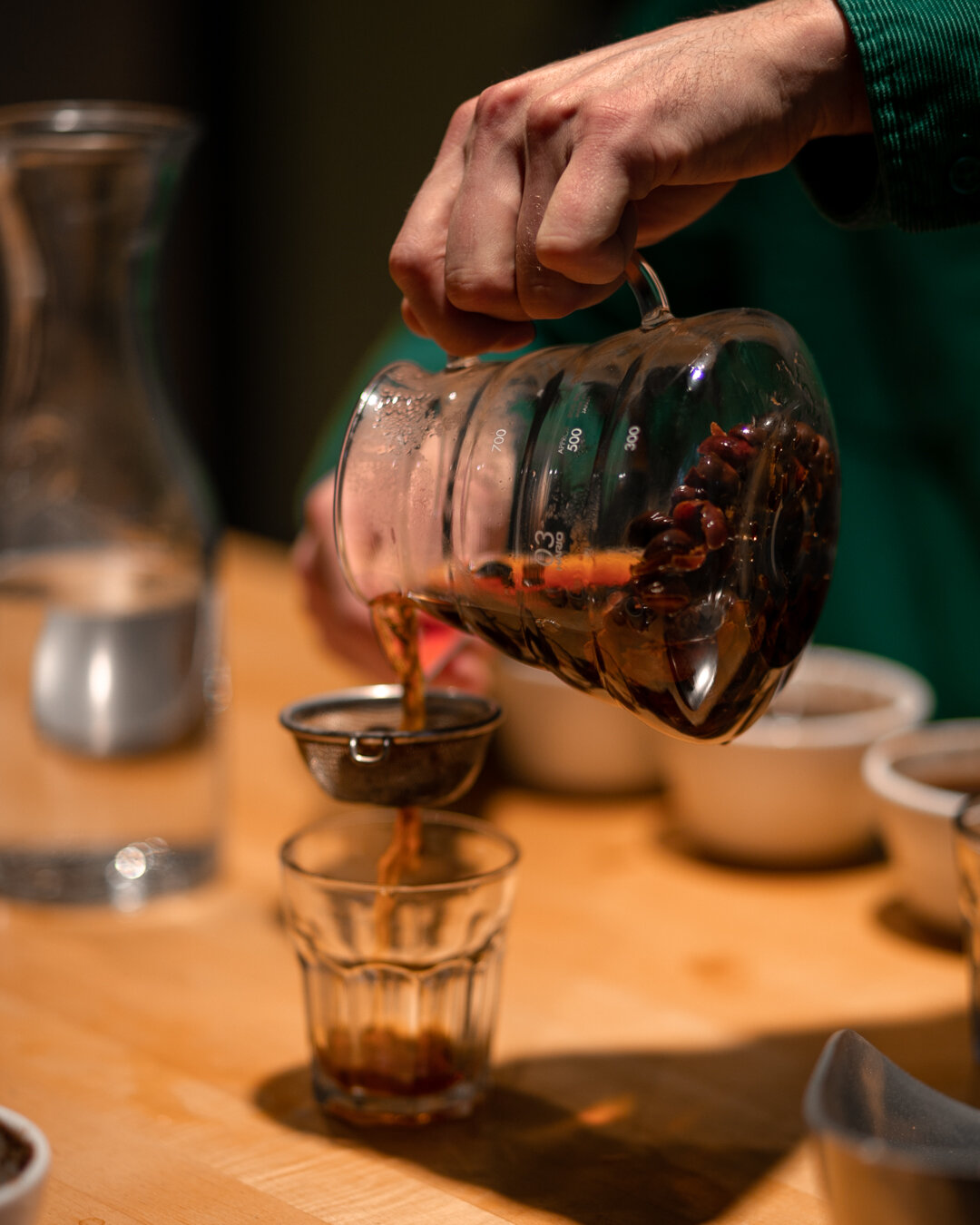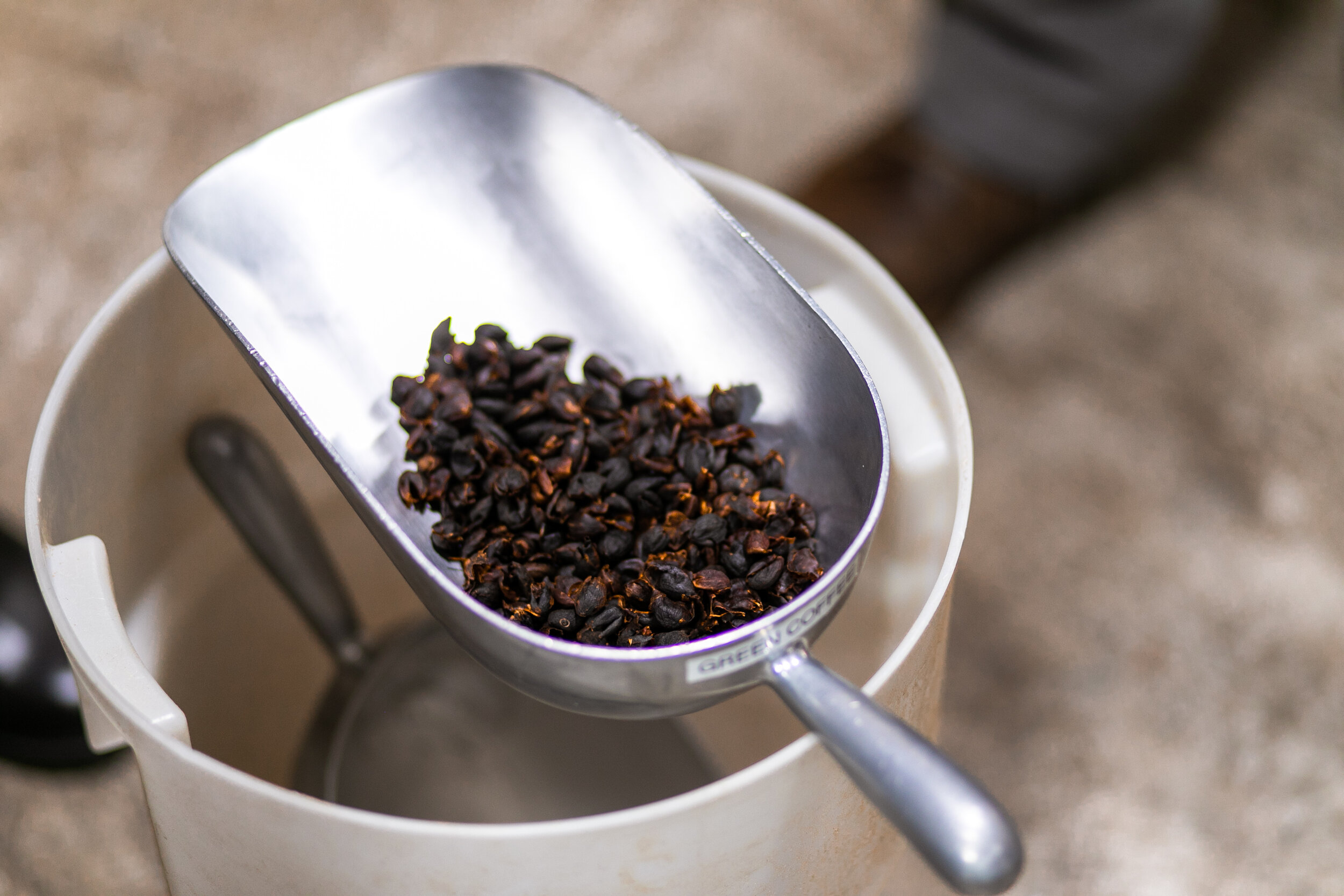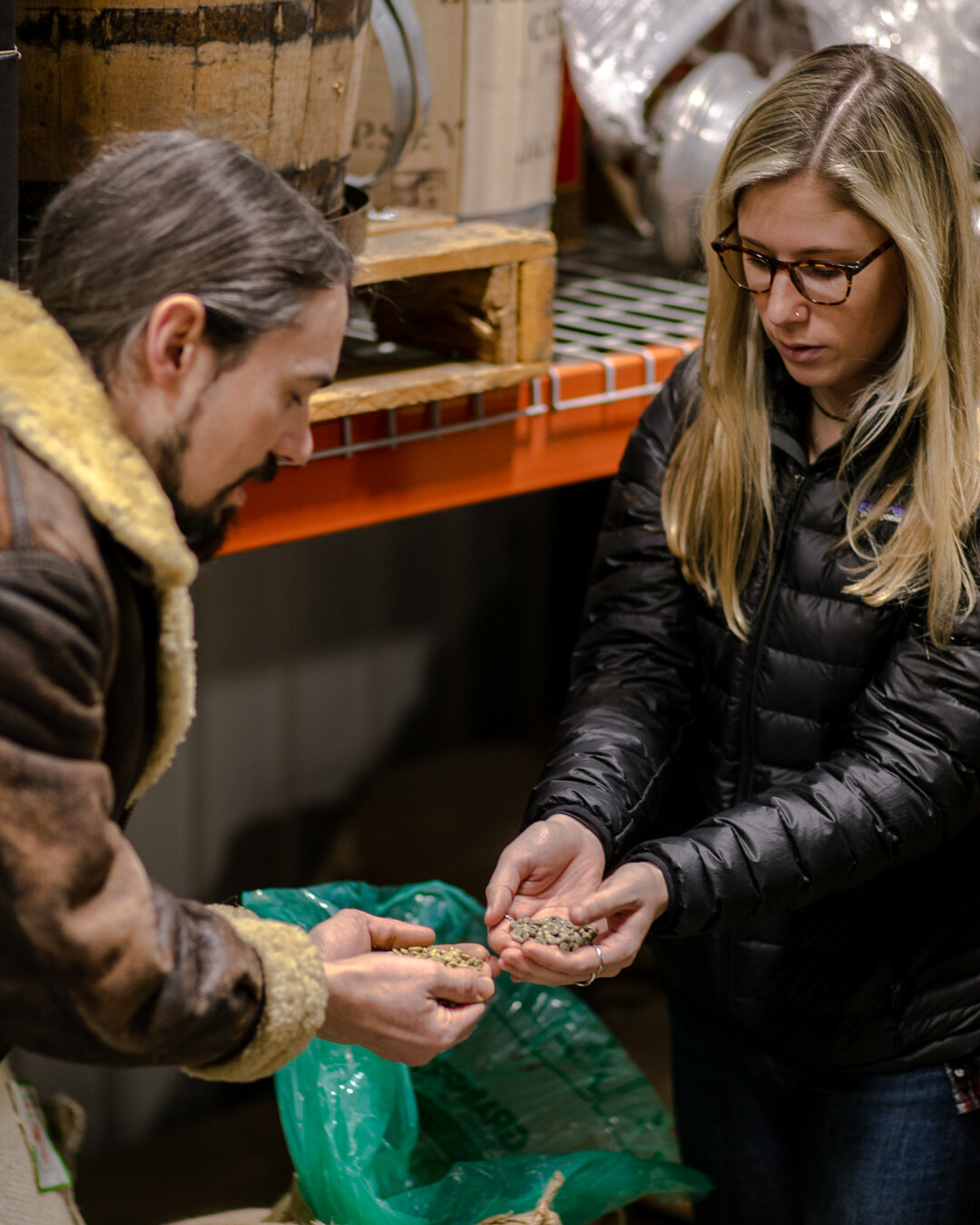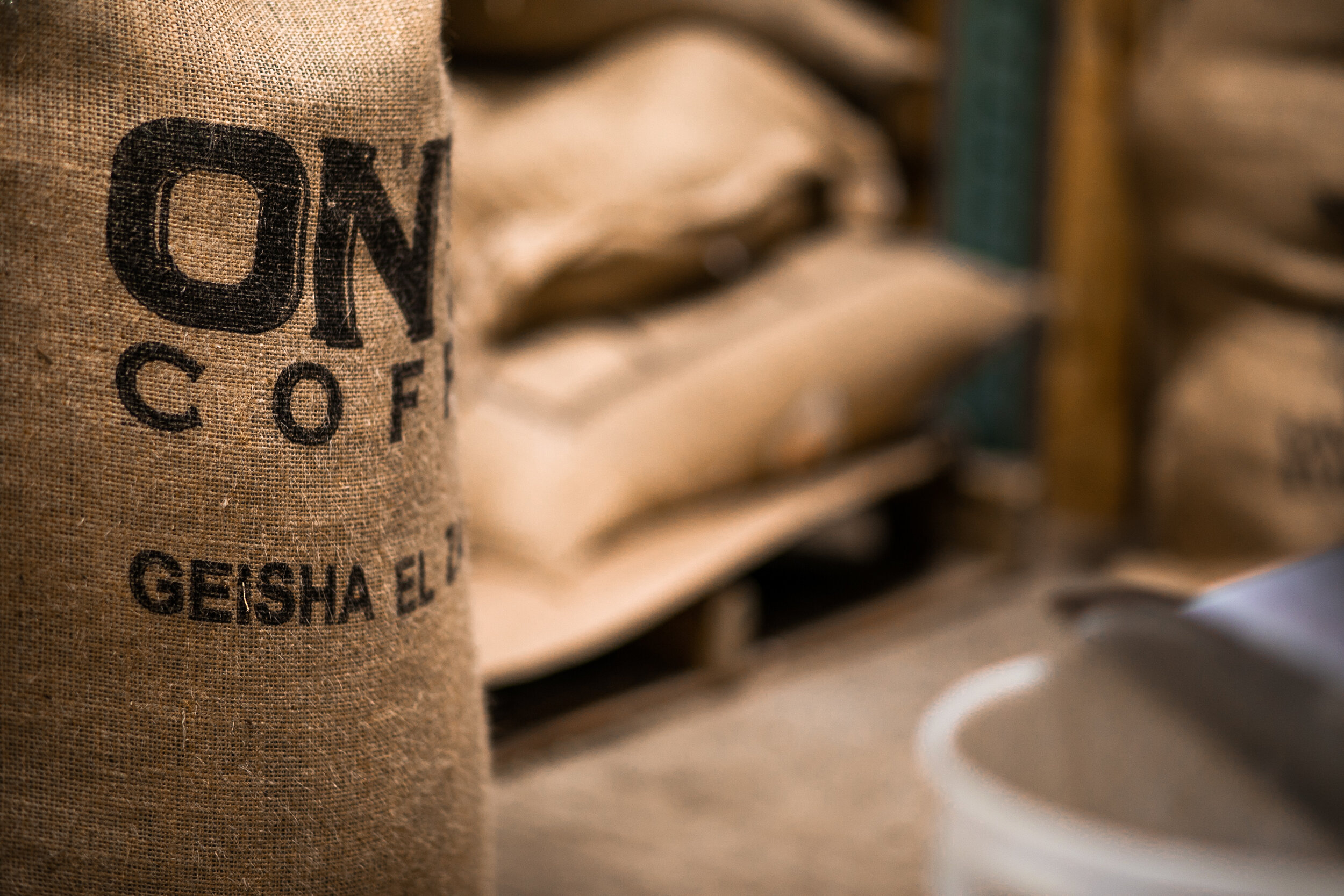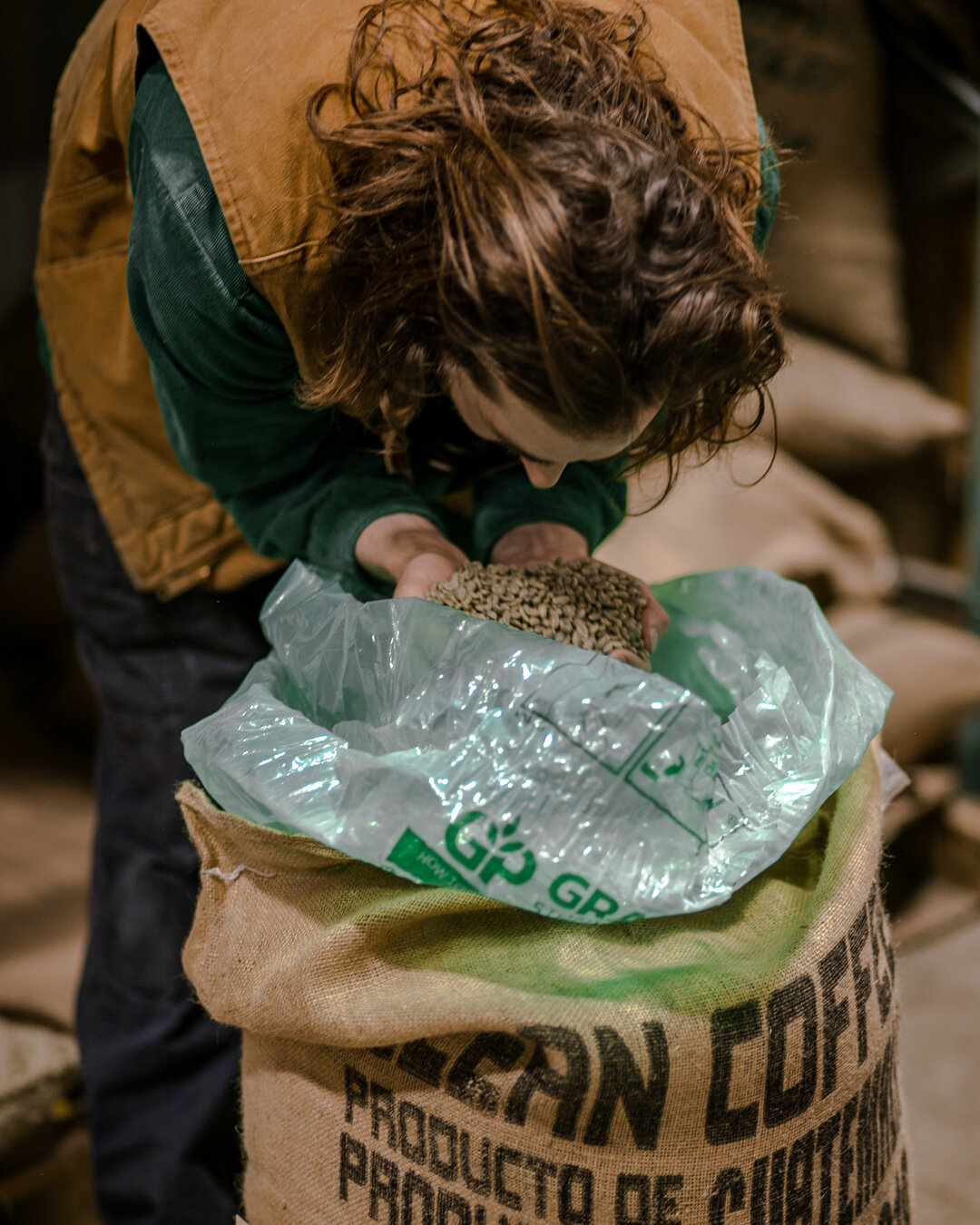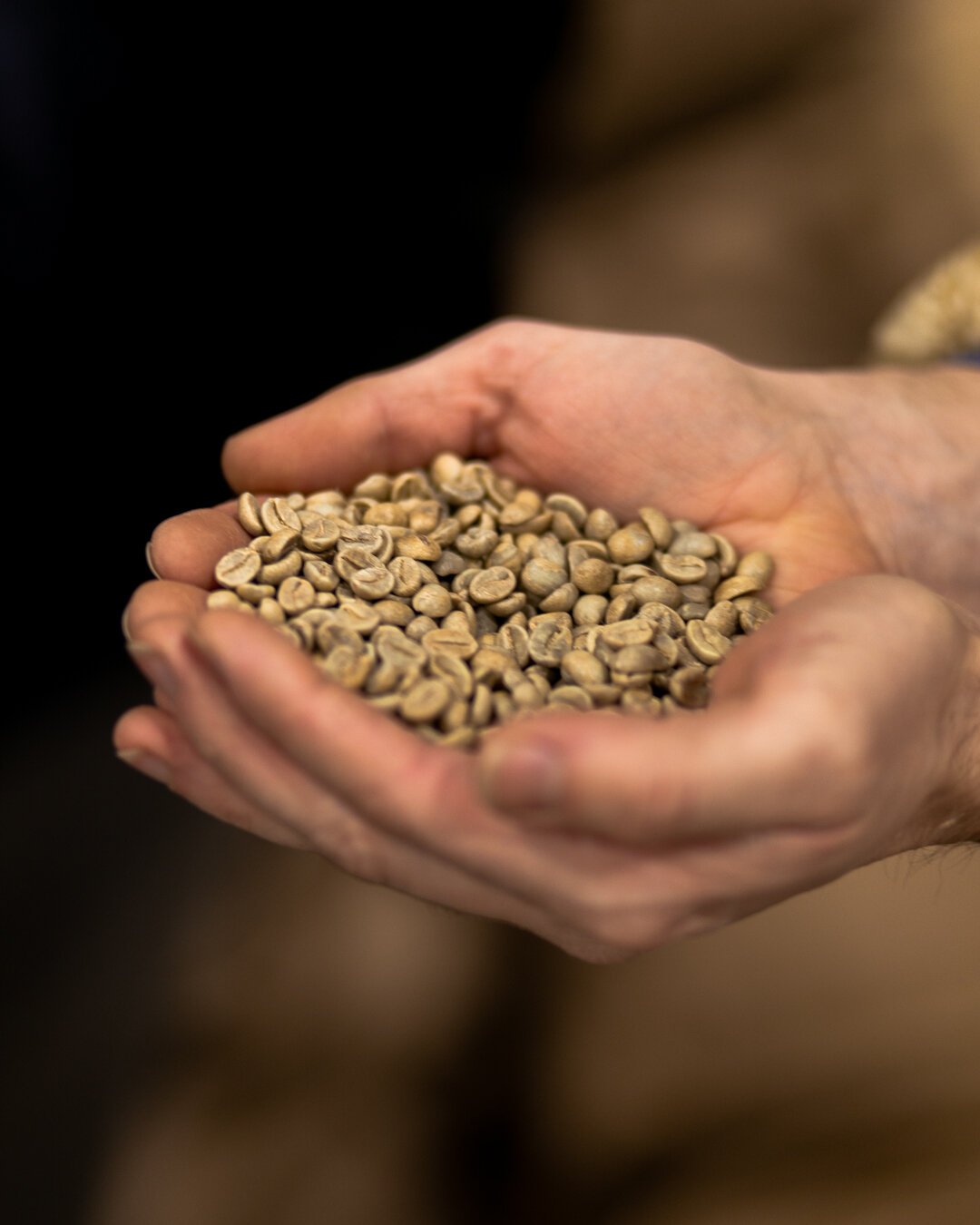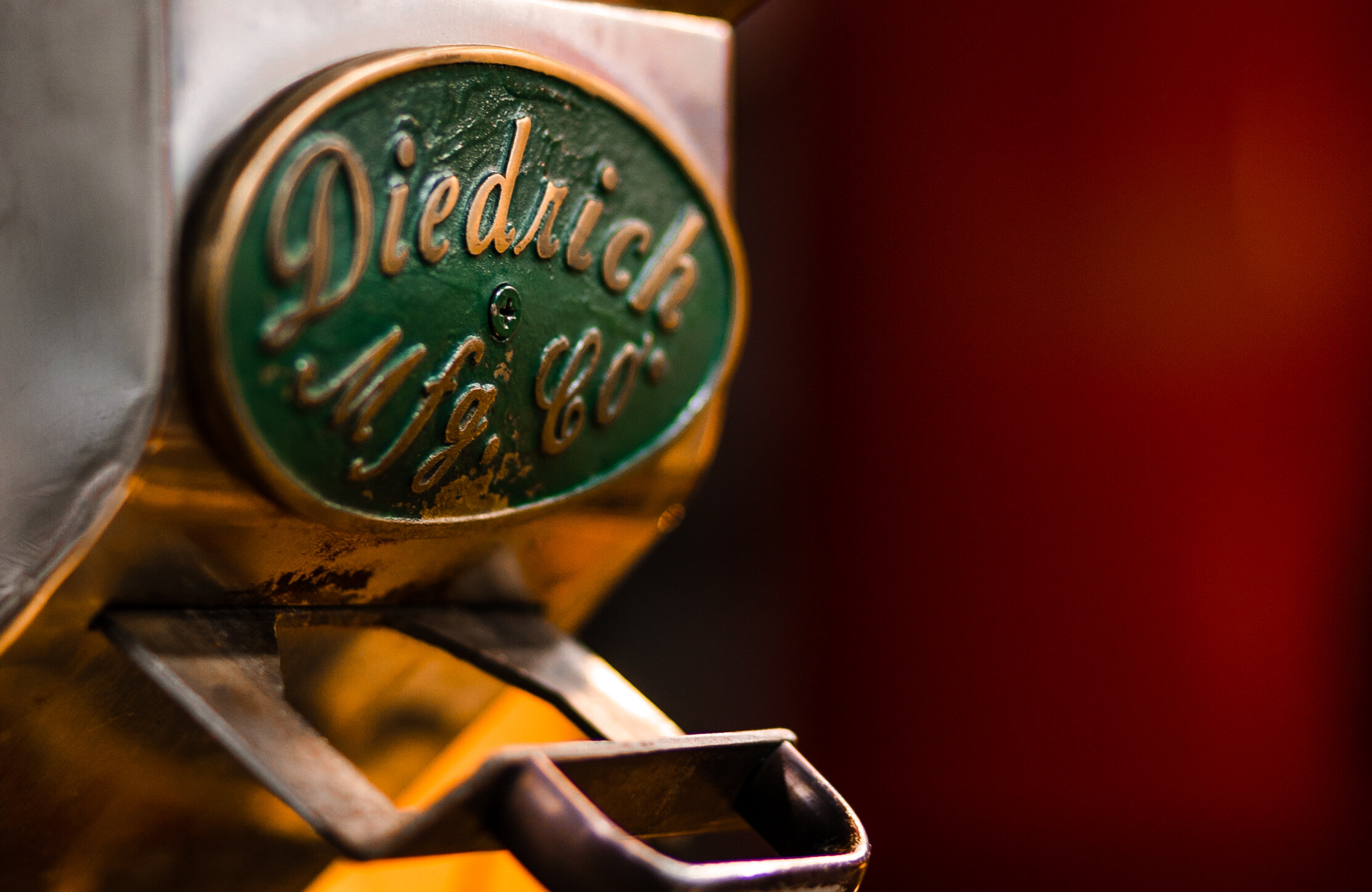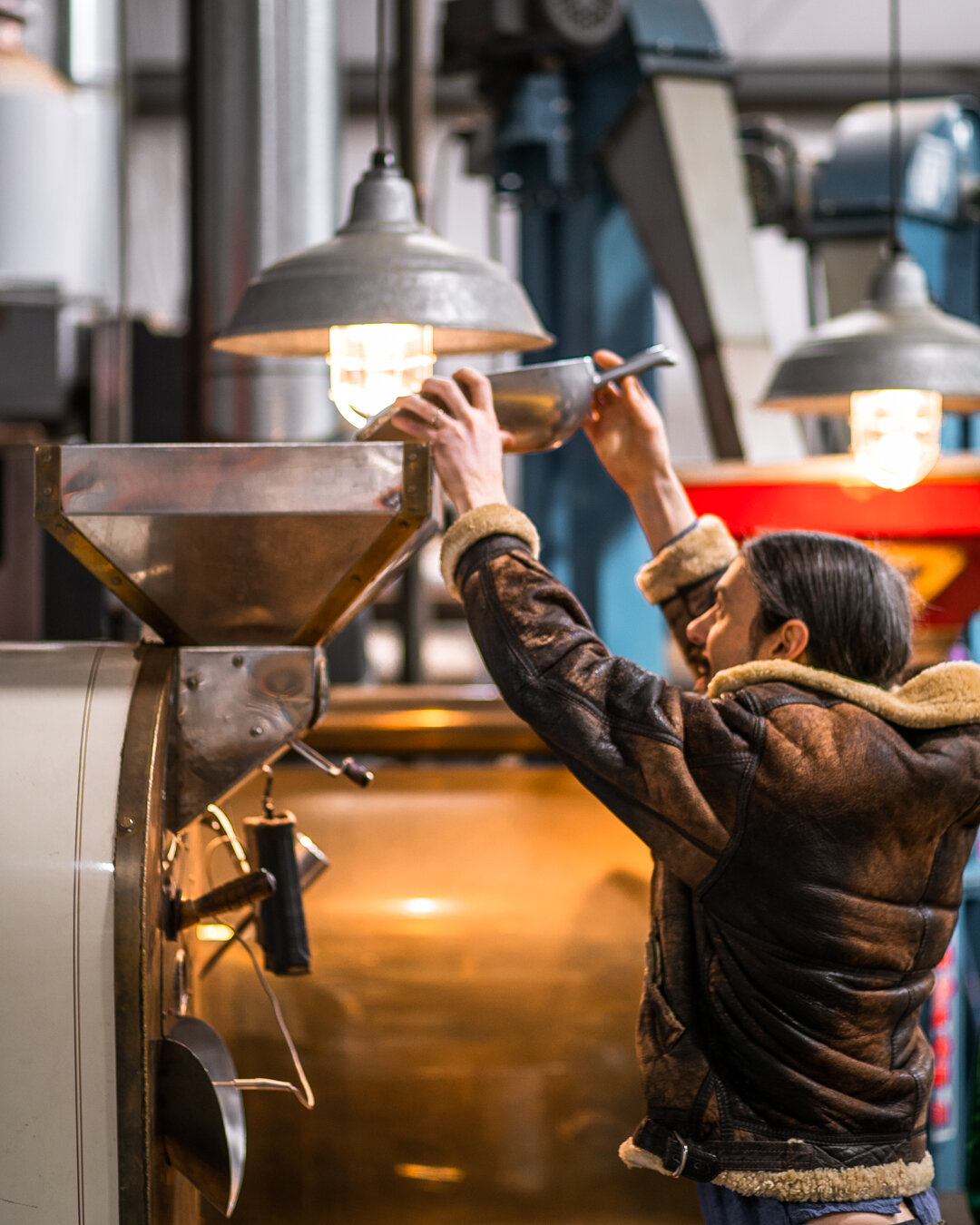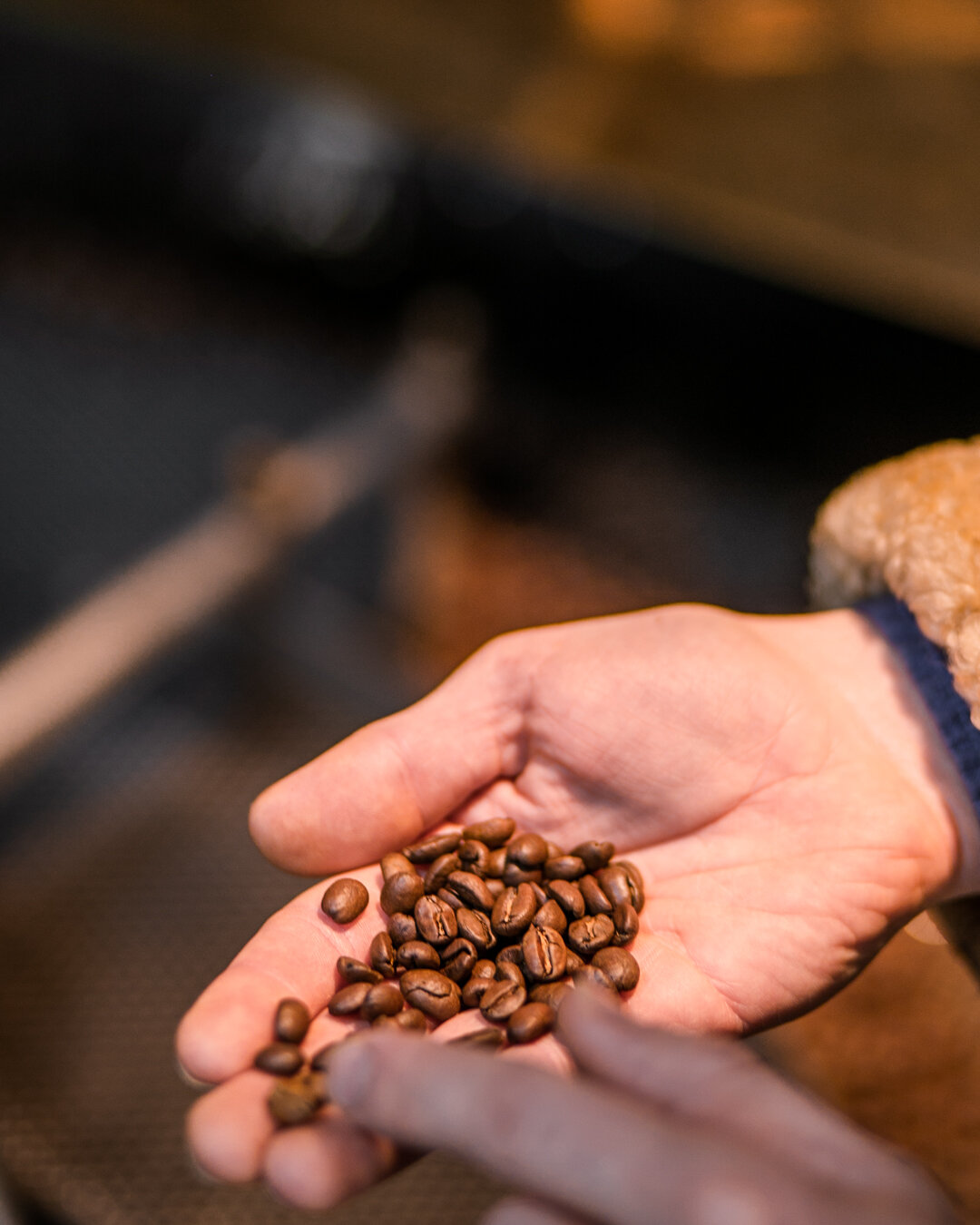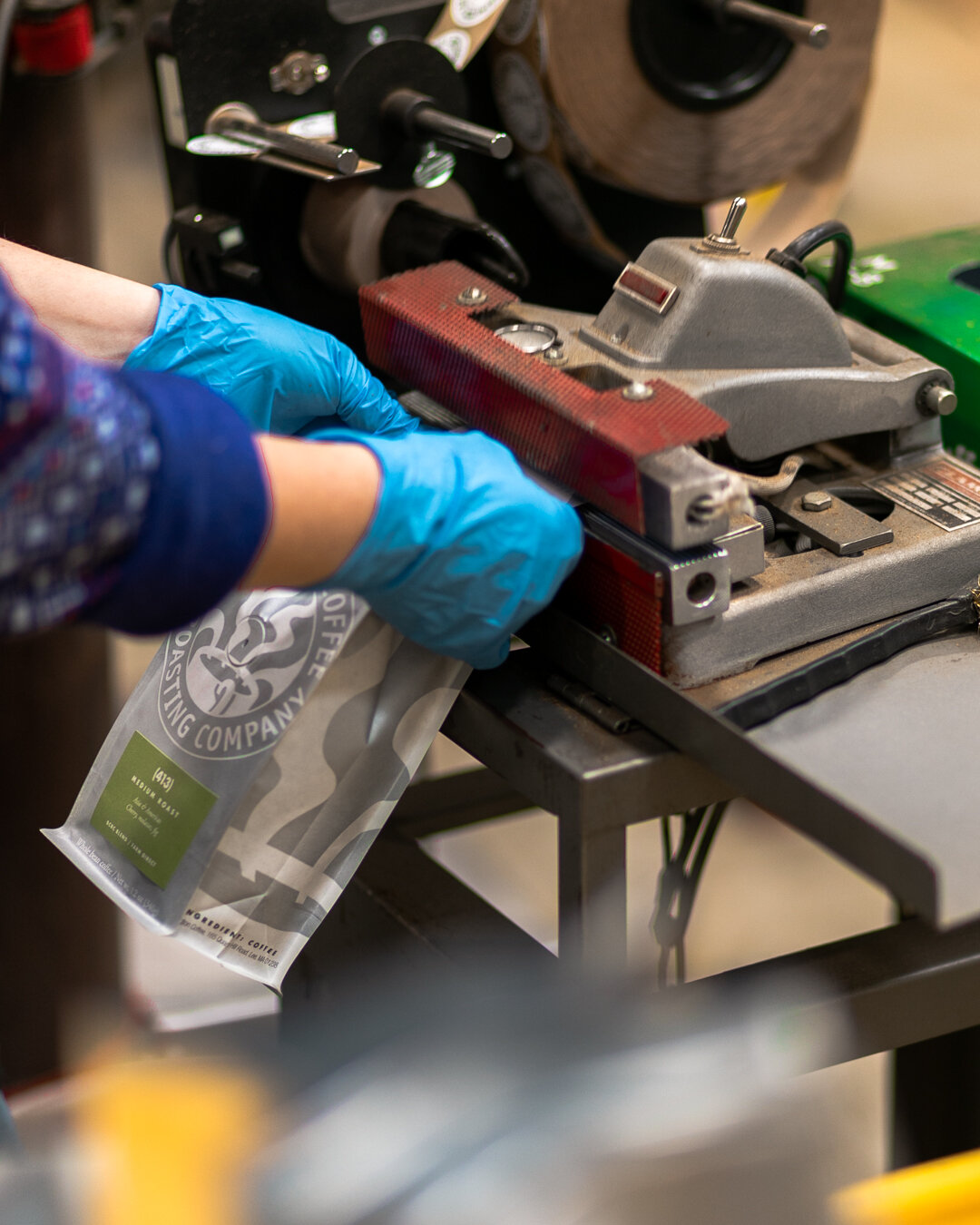BARRINGTON COFFEE
A former coworker and close friend of mine set up a trip to the Berkshires back in January 2020 to visit the good people at Barrington Coffee Roasters. A long-term supplier of coffee for Trillium, a small group of folks in our marketing department wanted to learn more about the company’s history, the roasting process, and how we could strengthen our partnership in the future. We set out on a clear, yet brisk winter’s day to meet with roasters Brian Heck and Joe Stearn.
The hospitality provided by the Barrington team was truly unmatched. Brian and Joe spent nearly their entire Friday teaching us about the history of coffee, diving into the individual relationships that they have with their independent growers, walking us through the roasting process, and even set up a cupping, which happened to be my first time going through this unique exercise of tasting coffee by steeping it, rather than brewing.
We tasted some incredible coffees throughout the day, including my first-ever Geisha, but the highlight of the trip was a Cascara (dried skins of the coffee cherry) that Brian made tea with. Vividly citrus-forward, with a beautifully bright acidity, I couldn’t stop sipping it. Unfortunately, we were told that this particular batch of Cascara was rare in its quality and that Barrington would likely have trouble sourcing it in any kind of reliable quantity in the future.
In addition to a back seat packed with bags of freshly-roasted beans, we left Barrington with a newfound view and appreciation of third wave coffee and the roasters’ role in the process. As Brian and Joe explained to us, 90% of a given cup’s flavor is a direct correlation to how the coffee was grown, where it’s from, and how it was processed. While nuanced, technical, and highly-skilled, the roaster’s job is to get out of the way and let the beans do the talking.
